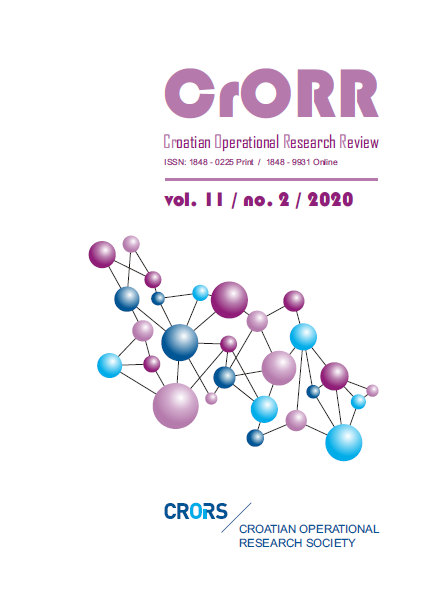Different convergence rates of new EU member states: Panel data analysis of the causes
Abstract
This paper, using panel data analysis, tries to identify factors regarding the different convergence rates of CESEE EU member countries’ real income between 2002 and 2018. Stylized convergence facts are identified and the drivers of economic growth based on production function, i.e. the accumulation of labour and capital and total factor productivity (TFP) growth have been analysed. Moreover, paper takes into account other variables that have been recognized as growth determining factors - trade openness, FDI, labour market and integration level, as well as TFP determining factors - institutional quality, innovation and human capital. Based on the research results trade openness and gross capital formation have been identified as key factors regarding real income growth of analysed countries. Also, it has been confirmed that growth of CESEE countries is strongly affected by the growth of Eurozone. Finally, the authors’ conclusion is that several CESEE countries are facing institutional convergence challenges.
Downloads
Published
Issue
Section
License
- Authors retain copyright and grant the journal right of first publication with the work simultaneously licensed under a Creative Commons Attribution License that allows others to share the work with an acknowledgement of the work's authorship and initial publication in this journal
- Authors are able to enter into separate, additional contractual arrangements for the non-exclusive distribution of the journal's published version of the work (e.g., post it to an institutional repository or publish it in a book), with an acknowledgement of its initial publication in this journal.
- Authors are permitted and encouraged to post their work online (e.g., in institutional repositories or on their website) prior to and during the submission process, as it can lead to productive exchanges, as well as earlier and greater citation of published work (See The Effect of Open Access).


